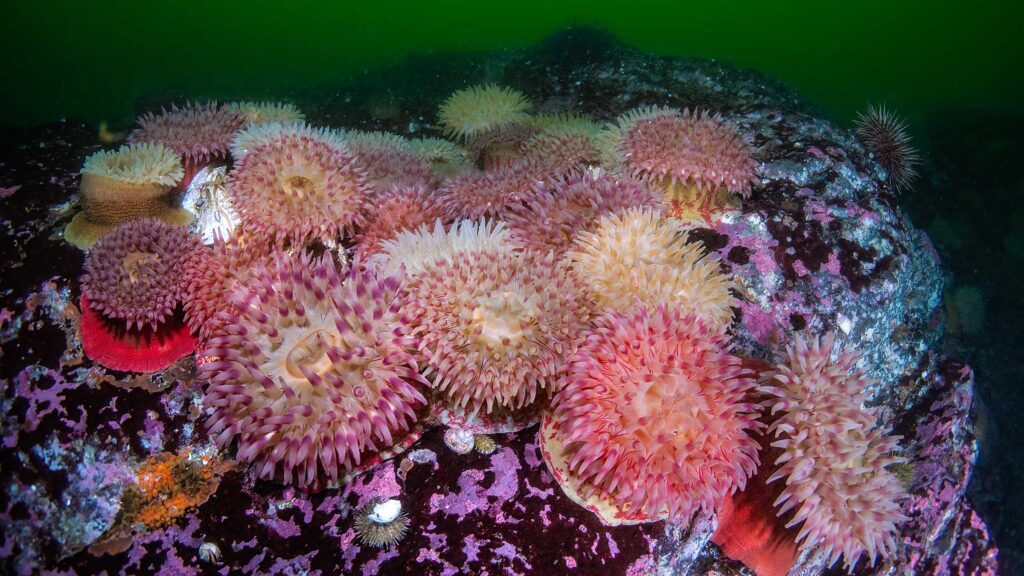In the mystical waters just north of Vancouver, Canada lies a narrow channel called the Skookumchuck Narrows, or simply “The Skook.” It’s a hidden gem in the Salish Sea that boasts a unique spectacle – a tumultuous dance of tides and currents that draws adventurers and spectators from far and wide.

Imagine this: a channel so narrow and shallow that a single tide can unleash an astonishing 200 billion gallons of water, creating a tumultuous display of standing waves, whirlpools, and currents surging at 16 knots (18 mph or 30 kph). Such speeds may seem mild when driving a car, but the erratic water is a different ballgame. Skookumchuck Narrows is a contender for the title of the world’s fastest tidal rapids, rivalled only by Nakwakto Rapids further up the British Columbia coast.

But there’s a twist – this aquatic battleground isn’t just for adrenaline seekers; The Skook is an oasis for life beneath the waves. April 2023 marked a rare convergence of perfect conditions: a celestial alignment allowing divers to witness The Skook in all its glory. And who better to guide this daring expedition than Porpoise Bay Charters, a family-run venture led by the seasoned Kal Helyar and Ann Beardsell?

Raging Currents = An Abundance of Life
The allure lies not in the danger but in the vibrant marine ecosystem fuelled by the relentless currents. Ocean currents act as nature’s turbochargers, transporting nutrients that transform places like Skookumchuck Narrows into underwater havens with colourful life thriving amidst the rocky terrain.

It’s important to debunk the myth that this is a reckless plunge into chaos. Diving The Skook is not about courting danger but choosing the right moment: at slack when the tide turns, the water experiences minimal movement, and the currents are a mere 4-5 knots. Picture this – a scuba diver slipping gracefully between tidal changes, maneuvering with precision as the water changes its course and gradually picks up speed. Timing is everything, and finding the rare dates when daylight piercing through the emerald-green water coincides with navigable water conditions is critical. April 2023 granted us a mere handful of these golden days of nature’s alignment for the first time in four years.

Entering the Abyss
As our vessel, under the watchful eye of Captain Kal, approached the infamous Skookumchuck rapids, a tangible excitement filled the air. These cold-water adrenaline-filled dives are the scuba diving equivalent to scaling Everest. The unpredictability of The Skook, where currents can whisk you in any direction, demanded respectful caution from our experienced salty crew.
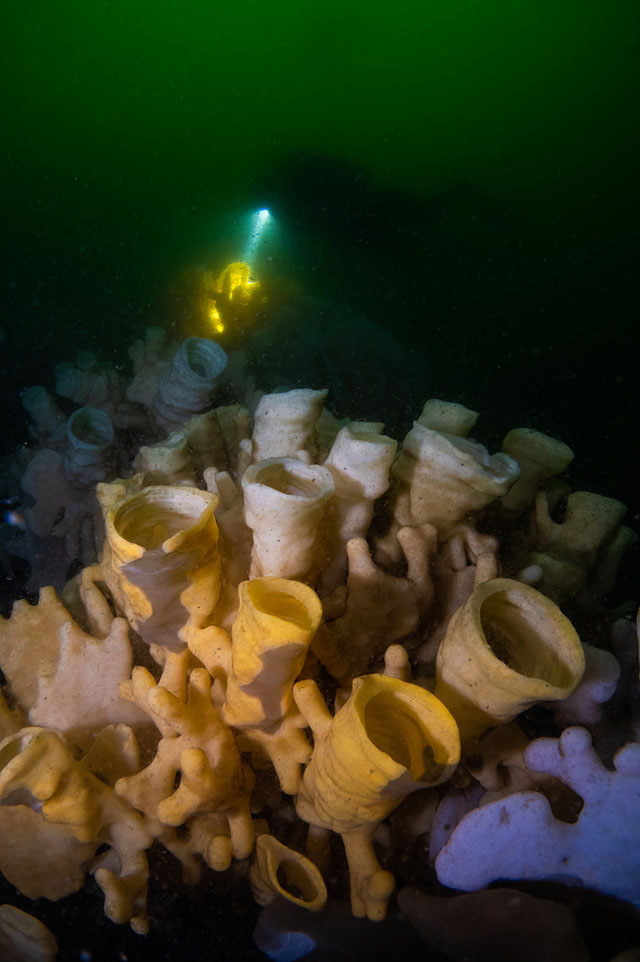
With a reassuring smile, Captain Kal dismissed the notion of a toilet bowl experience, where divers are pulled in a circular direction by the currents as if flushed down a toilet. He emphasized that they only dived during an easy drift in the current, which was hard to fathom possible in such treacherous waters. Approaching the narrowest section of the channel, where the current was fastest, Kal’s experienced eyes scanned for the telltale signs of slack tide. Tidal ripples slowed, and we entered the water in the few precious minutes within the next year when it was possible to witness Skookumchuck in all its sunny glory.
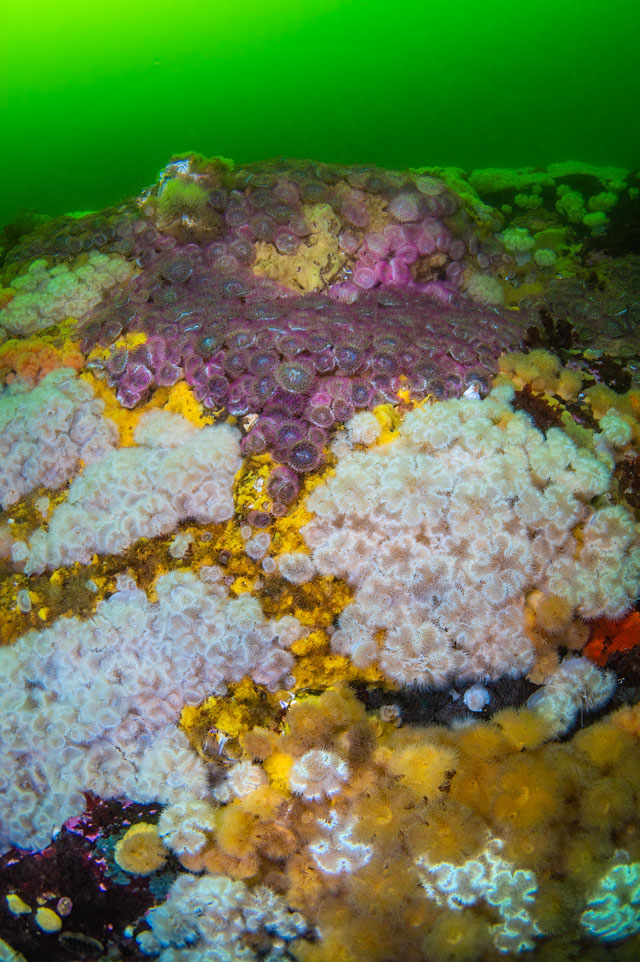
Surrendering to the Sea
Descending further, we felt the force of the tide, like a river yet to subside. Gripping onto rock holds and kicking into the current, we felt like underwater rock climbers. Adjusting our underwater camera settings and getting comfortable with the flow of the water, we marvelled at the transformation of the underwater landscape. Slabs of rock, once pounded by the current, now hosted a vibrant community of marine life.
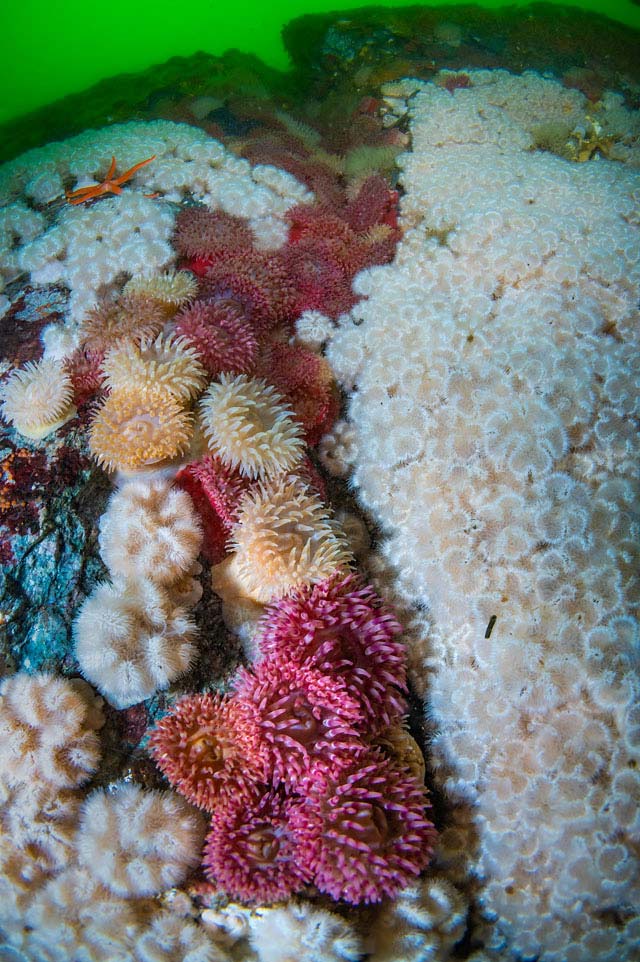
After a mesmerizing twenty minutes of relatively gentle water, the current intensified, signaling the roller coaster drop ahead. We surrendered to neutrality, letting the current guide us along the wall. Boulders and back eddies added a touch of unpredictability; with trust in our abilities and Captain Kal’s promise of a safe pickup, the thrill was exhilarating rather than menacing.
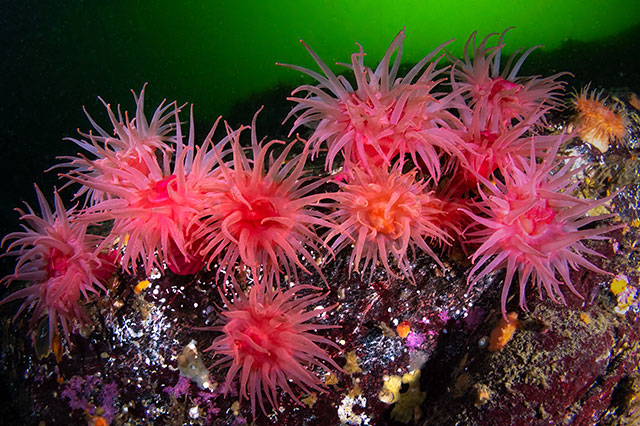
 Image: Nirupam NigamImage: Nirupam Nigam
Image: Nirupam NigamImage: Nirupam NigamNirupam Nigam is a dedicated underwater photographer and fisheries scientist. While growing up in Los Angeles, he fell in love with the ocean and pursued underwater photography in the local Channel Islands. He received degrees in Aquatic and Fisheries Science and General Biology, as well as a minor in Arctic Studies, at the University of Washington. After working as a fisheries observer on boats in the Bering Sea and North Pacific, Nirupam became the Editor-in-Chief of the Underwater Photography Guide and the President of Bluewater Photo – the world’s top underwater photo & video retailer. Check out more of his photography at www.photosfromthesea.com.
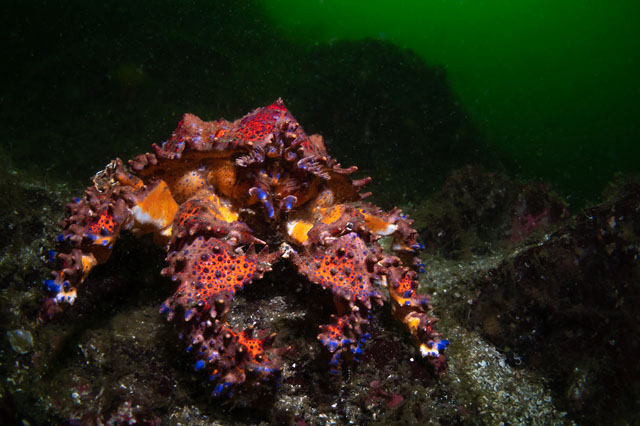

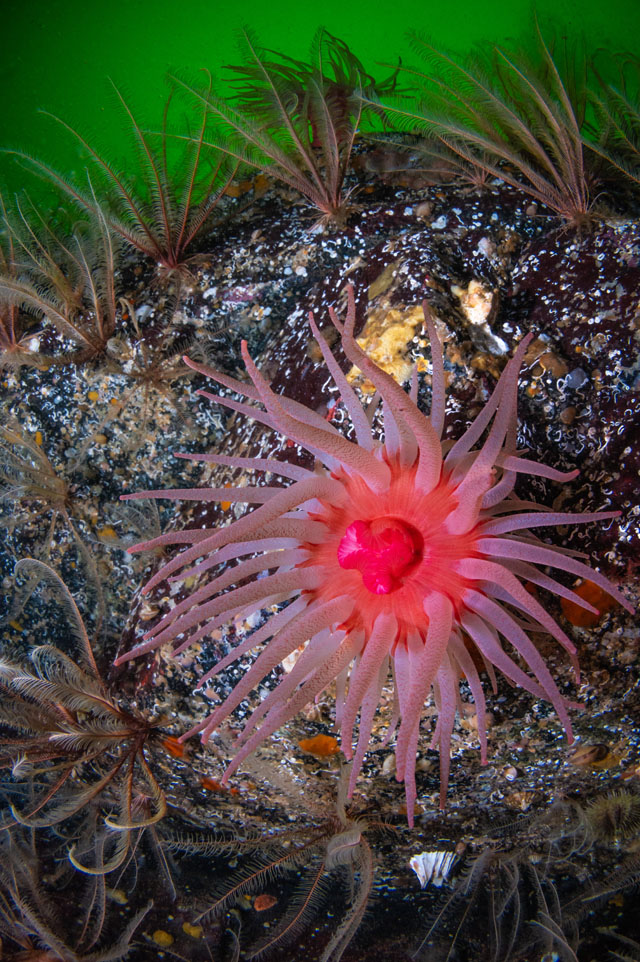
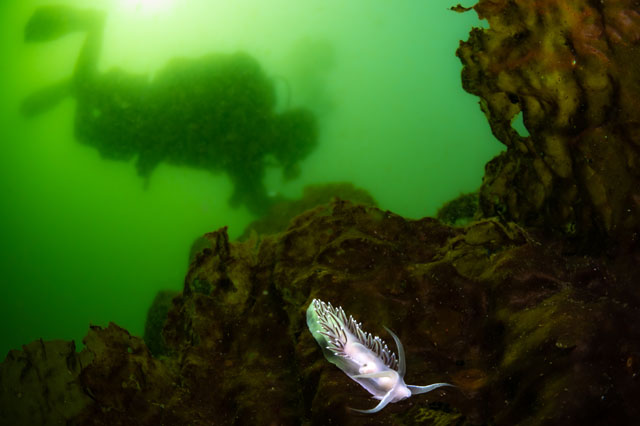
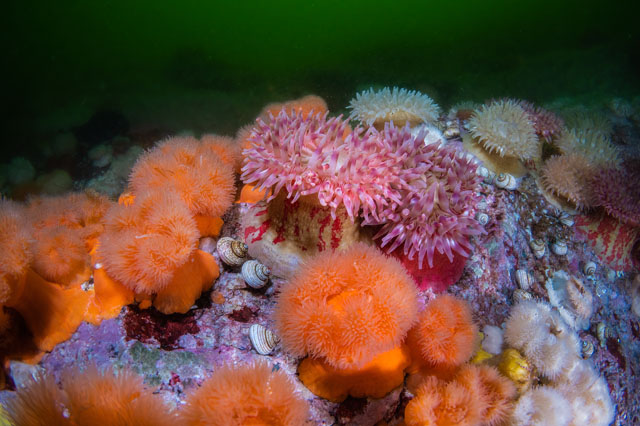

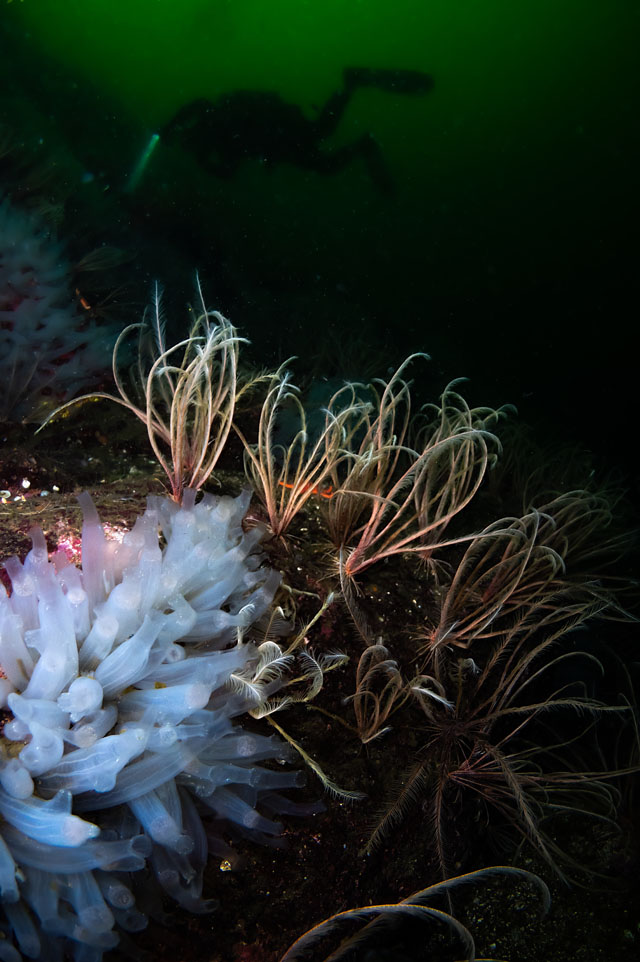
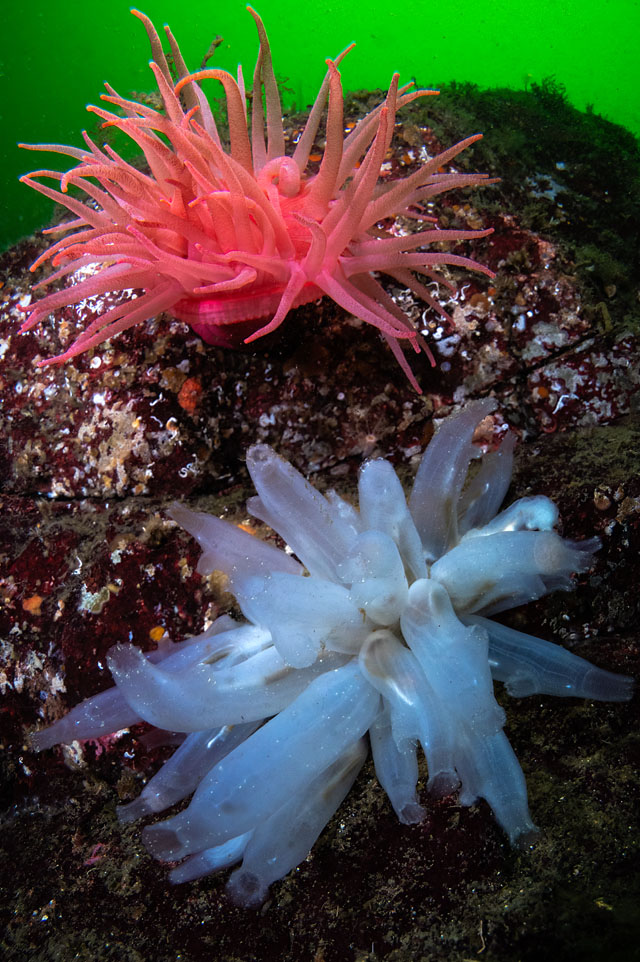

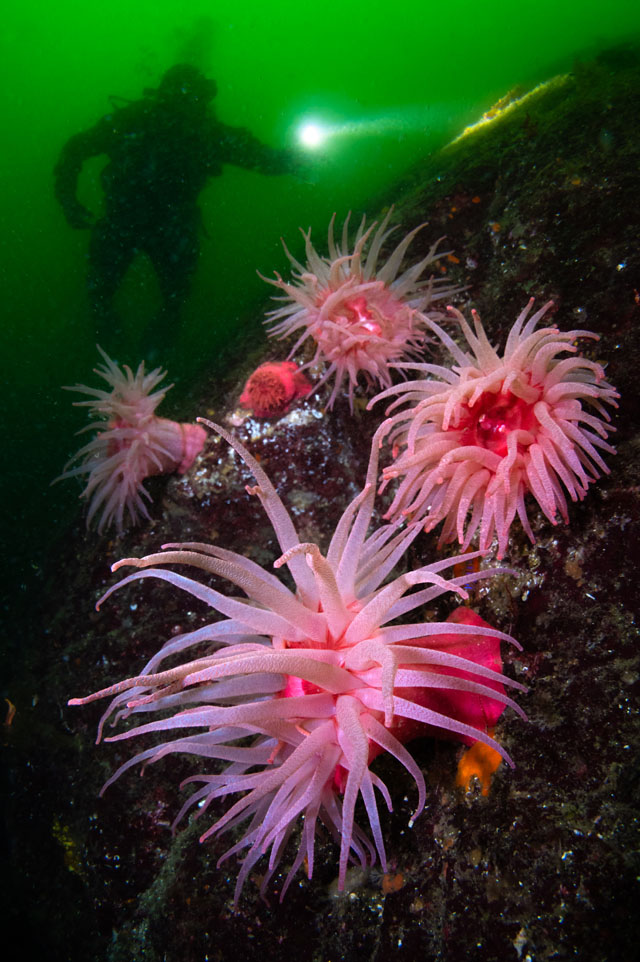
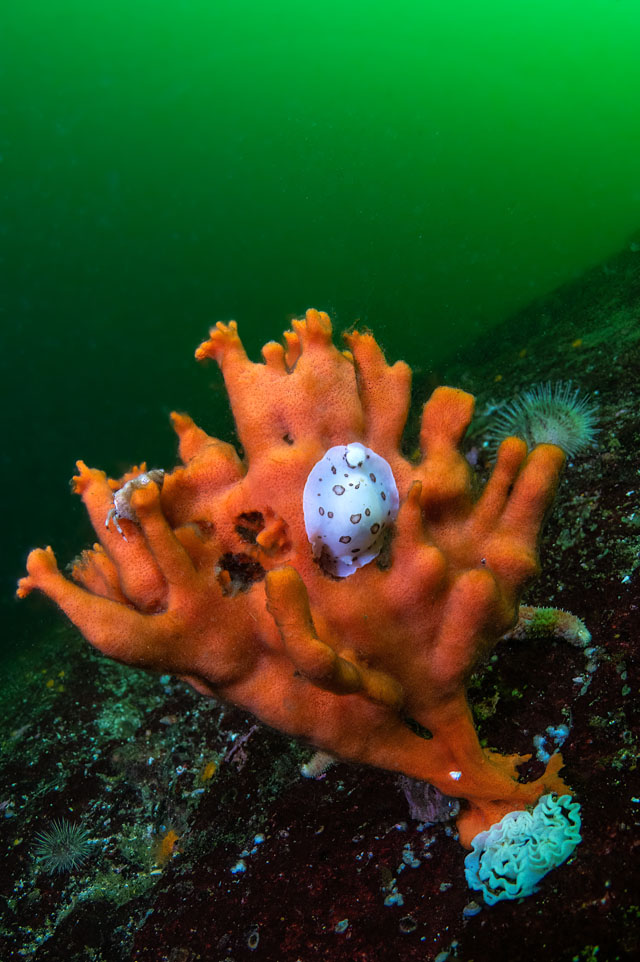

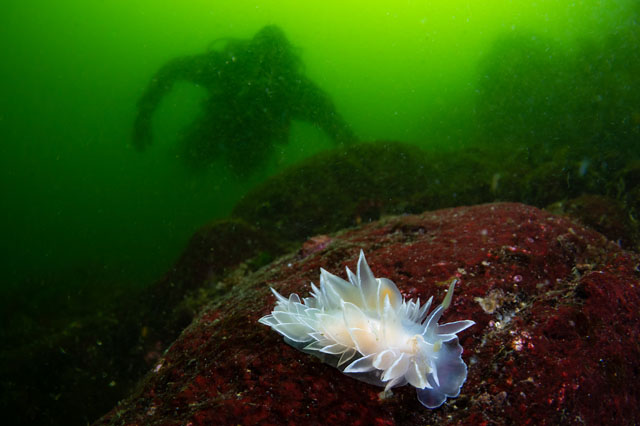

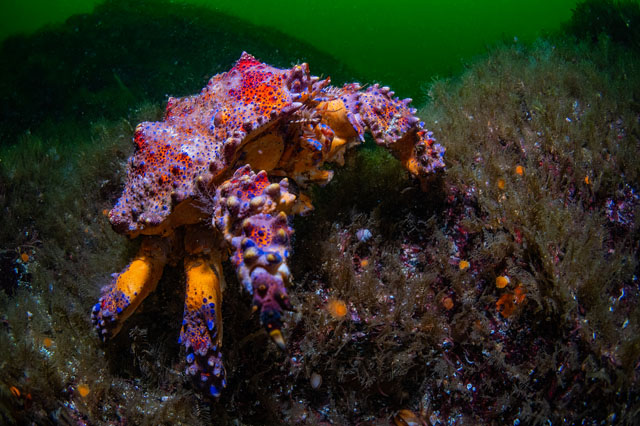
Image credits:
- Nirupam Nigam: Nirupam Nigam
